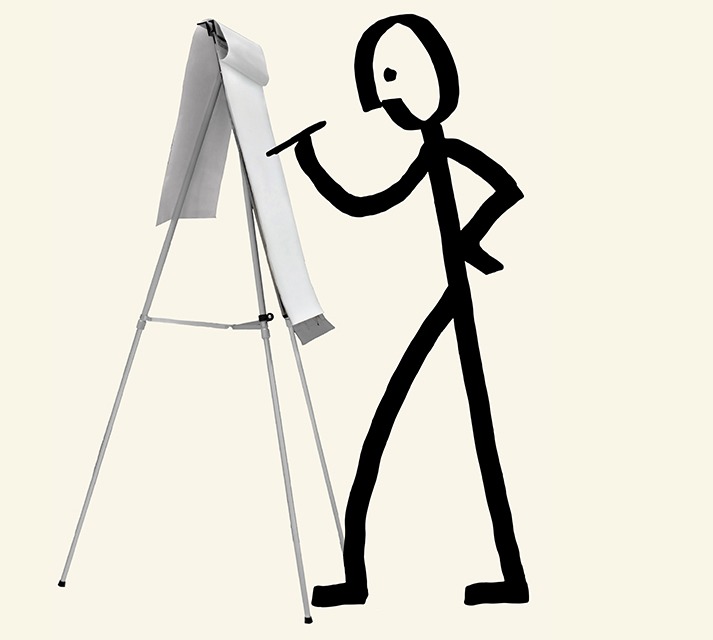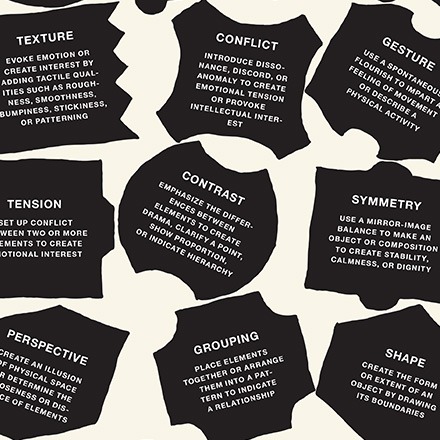The Rules of Genius #21: Visualize with sketches, models, or prototypes
Our intuitive responses to new problems don’t always work. When you move directly from knowing to doing something, you can easily find that your response is inadequate, off-target, or wrong. This is because what worked for one problem doesn’t always work for another.

But when you add the middle step of making, it changes not only what you know, but what you’re likely to do. It’s the imagination-based step of creating a range of hypotheses that you can prototype, test, and refine. The more ideas you can prototype, the more you’ll learn about the possibilities of your problem. When ideas flow, the music of chance plays faster.
Get your mind and hands working together. Make a sketch, construct a model, or assemble a prototype. Then another. And another. With each attempt, you’ll reveal new possibilities for innovation. Your mind will talk to your hands, and your hands will talk to your mind. This dialog is called generative thinking, and it happens only when you’re making something. It’s the active ingredient of design.
But what if you have no drawing skills? What if you’re all thumbs? What if you couldn’t build a sandwich, much less a prototype? You’d be surprised at how little skill it takes to trigger new thoughts. While many challenges benefit from trained hands, other challenges need only the ability to draw stick figures, cut pieces of cardboard, or tape various objects together. The goal is to get the prototypes to talk back, surprise you, and make you think in new ways.
Without prototyping your ideas, you can easily fall back into the know-do mode of problem-solving, unable to test whether your ideas will work in the real world. In theory there’s no difference between theory and practice. In practice there is.
Next week: Embrace messiness.
Creating clutter while designing is not a vice but a virtue
The Rules of Genius is now a book with a bonus section called “How can I matter?” that includes 10 essential rules. Buy here.

